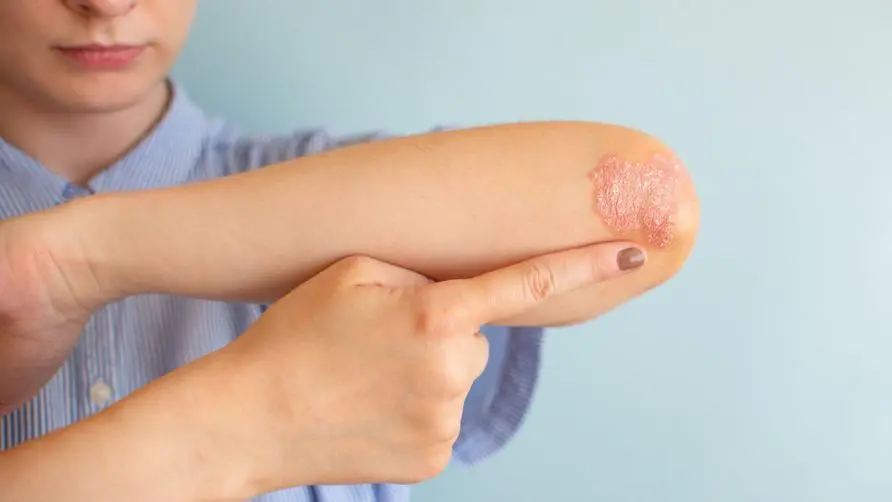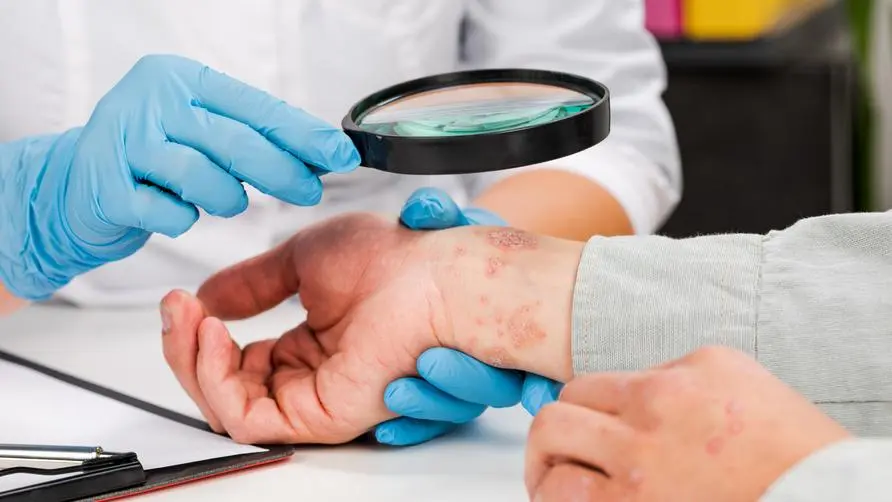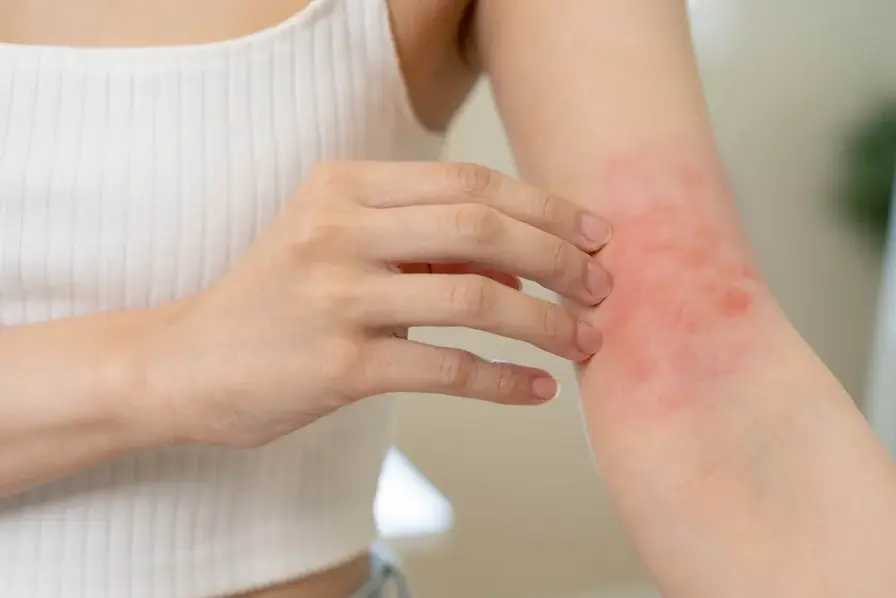Are black streaks on nails a sign of cancer? How to distinguish onychomycosis from psoriasis nails?

What are the common nail lesions? Are “black stripes” on nails a precursor to cancer?
Can skin lesions be seen in nails, or even a sign of disease in other organs? Dr. Huang Yuhui, associate professor-level attending physician at Taipei Linkou Chang Gung Memorial Hospital, said that the causes of onychomycosis, spoon nails, psoriatic nails and clubbed nails are not all the same.
Dr. Huang Yuhui explained that onychomycosis usually appears white or yellow and causes excessive thickening of the nail flakes. Psoriatic nails may cause pits of varying sizes, sometimes in the shape of “oil droplets.” A common feature of spoon-shaped nails is a depression in the middle of the nail. Possible causes include thyroid problems, iron deficiency or iron deficiency anemia, heart disease, etc. Clubbing of the fingers may be related to poor cardiopulmonary function and lack of oxygen in the body.
As for the appearance of “black linear stripes” on nails, the reasons may be melanin deposition, moles, etc. Black stripes are said to be a sign of “skin cancer”. Dr. Huang Yuhui believes that black stripes may indeed be a symptom of skin cancer, but the probability of occurrence is relatively low. If the black line becomes wider, thicker, or other abnormal changes, you should seek medical examination in time.
What is the difference between onychomycosis and psoriatic nails? “Psoriatic nails” need to beware of the risk of arthritis?
Dr. Huang Yuhui said that there are obvious differences in the external symptoms of onychomycosis and psoriatic nails. Psoriatic nails come in shapes of different sizes, such as pits and oil droplets, which can even cause the nails to separate from the nail bed. The obvious symptom of onychomycosis is thickening of the nails. Only in rare cases can psoriasis cause thickening of the nails.
Dr. Huang Yuhui explained that in some patients, psoriasis and psoriatic nails occur at the same time, or the psoriasis begins to spread to the nails after a long time. If a patient has psoriasis combined with psoriatic nails, he should pay special attention to the “psoriatic arthritis” warning sign.
The initial symptoms of psoriatic arthritis may be limited to nail swelling and pain. Once it worsens seriously, it may cause damage to the nail structure and cause lesions, which will have a huge impact on daily life.
When treating psoriasis, remember the “336” defense rule. Patients should pay attention to the “3 major taboos” in their daily routine.
Dr. Huang Yuhui said that in the treatment of psoriatic nails, topical ointments are mostly used first. In severe cases, oral medicine or injections will be further used. In order to detect the lesions of psoriasis in time, the public is now urged to master the “336 Rule”: psoriasis occurs in “3 parts” of the scalp, nails, and skin folds; there are “3 symptoms” of stiffness, redness, swelling, and pain in the joints, and it is necessary to master the “6” as soon as possible. “months” golden treatment period.
In terms of daily routine, Dr. Huang Yuhui reminds that patients with psoriasis generally suffer from immune disorders, so they should not stay up late or reverse day and night. Those whose work is stressful or who stay up late should go to bed before 11 o’clock. In terms of diet, try to focus on weight control, avoid eating high-fat and high-salt foods, and avoid foods that can excessively enhance the immune system, such as ginseng, Ganoderma lucidum, Cordyceps sinensis and other medicinal herbs.
Further reading:





